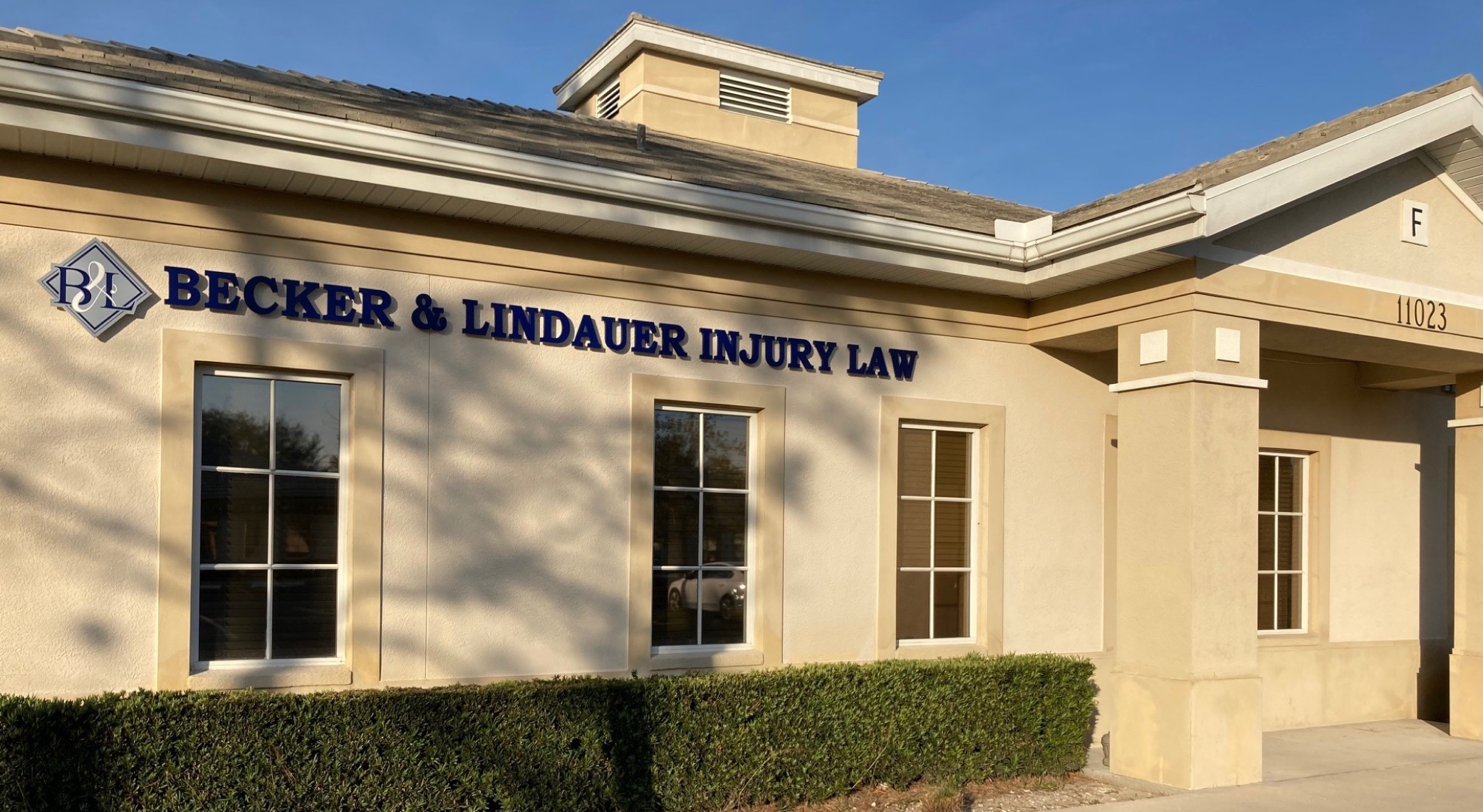When it comes to pursuing a personal injury case, it’s important to familiarize yourself with two terms: negligence and negligence per se. While both of these involve a breach of duty that leads to harm, they have distinct differences in their application. As such, it’s in your best interest to enlist the help of our experienced Bradenton Personal Injury Lawyers who can help you understand the legal complexities of these doctrines and attain the justice you deserve.
How is Negligence Proven in a Personal Injury Claim?
The most common basis for a personal injury claim is negligence. This legal theory applies when a person or entity fails to act with the level of care that a reasonable person would have exercised in the same situation, resulting in injuries. When someone suffers harm due to the negligent actions of another party, they can pursue legal action to seek monetary compensation for their damages. Generally, there are four elements you must prove in court:
- Duty: The defendant had a legal obligation to avoid behaviors or actions that could potentially harm others.
- Breach of duty: The defendant failed to uphold their duty of care.
- Causation: The defendant’s action or inaction resulted in the plaintiff’s harm.
- Damages: The plaintiff suffered tangible and intangible losses as a direct result of the defendant’s negligence.
The burden of proof falls on the plaintiff. This means they must prove the defendant’s careless or intentional actions were the direct cause of their damages. However, in some cases, the legal doctrine of “negligence per se” applies.
When Does Negligence Per Se Apply?
If the legal doctrine of negligence per se applies, you won’t have to prove the elements of duty and breach. Negligence per se occurs when an individual violates a public safety law or regulation, and someone sustains injuries as a result. Essentially, this legal concept classifies an act negligent when a law that was implemented to protect people from harm has been violated. This violation of the law is sufficient evidence that the defendant was negligent because a reasonable person would not break the law. In these cases, it’s much easier to prove your claim.
For instance, let’s say a motorist drives drunk and causes a car accident. The defendant’s decision to get behind the wheel while under the influence of alcohol is a violation of laws prohibiting drunk driving. As such, negligence per se would apply because DUI laws were designed to prevent drunk driving accidents.
Additionally, when a defendant speeds and causes a collision, their behavior was a violation of laws prohibiting speeding, and the plaintiff was intended to be protected by those laws, thus the excess speed being a direct cause of the crash makes the defendant guilty of negligence per se. Keep in mind that these are just a few of many situations where negligence per se could be applied.
At Becker & Lindauer, LLC, we are prepared to effectively represent your interests and help you hold responsible parties accountable for their wrongdoing. Connect with our firm today to learn more about how we can help you fight for the funds you are entitled to for your damages.



